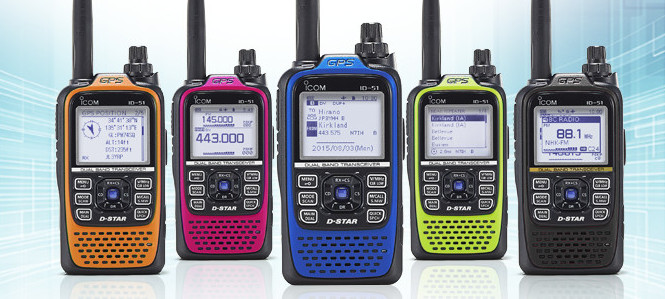[Fabien-Chouteau] submitted his interesting solenoid engine. In an internal combustion, steam, or pneumatic piston engine, the motive force is produced by expanding gas. In [Fabien]’s little engine it is produced by the arm of a hard drive. Solenoid engines are usually just for show, and come in all shapes and sizes. If you want to move something using electricity an axial motor is probably a better bet. But if you want a challenge and a learning experience, this is hard to beat.
[Fabien] had some problems to solve before his motor made its first revolution. Just like a piston engine the timing needed to be exact. The arm firing at the wrong time could cause all sorts of trouble, the equivalent of backfire in a combustion engine. A STM32f4 discovery board was coupled with a Hall-effect sensor and a MOSFET. When the board read that the arm has moved back to the most efficient position for firing it sent a pulse through the coil. Just like a regular engine, getting the timing right makes all the difference. Once [Fabien] got it tuned up his motor could spin around at a steady 3000 rpm.
Continue reading “Software Controlled Hard Drive Solenoid Engine”

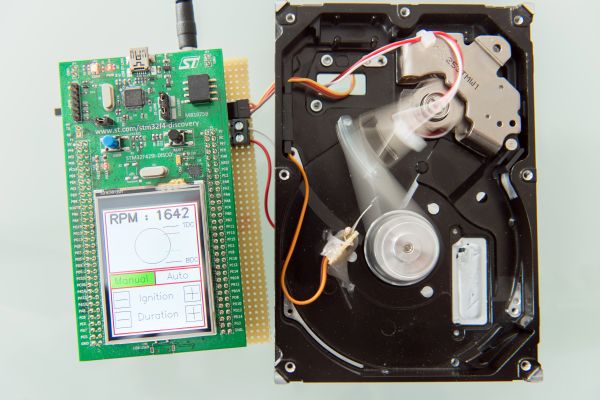
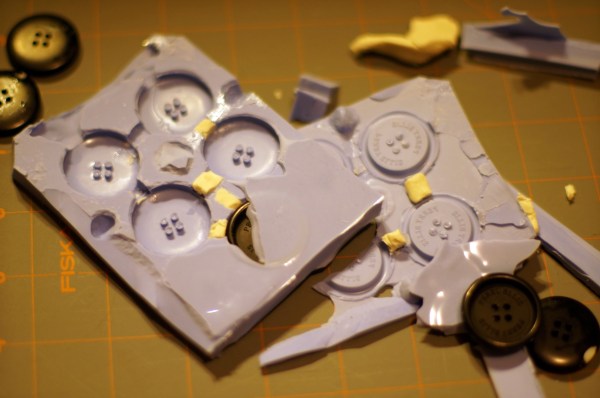


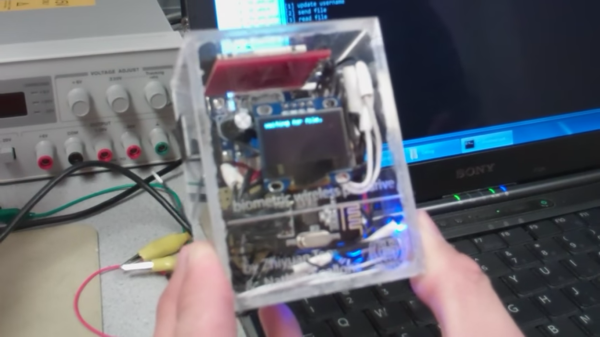
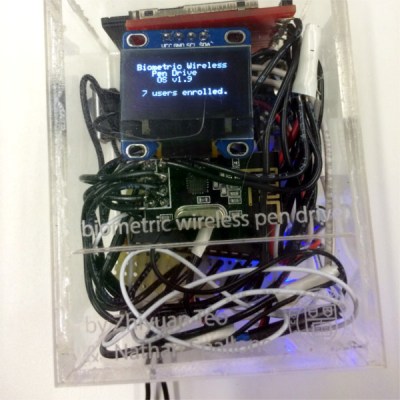 Their solution can be used by up to 20 different people who each get a slice of an SD card in the storage unit There are two physical pieces, a base station and the wireless storage unit itself. The base station connects to the host PC over USB and contains an Arduino for serial pass-through and an nRF24L01+ module for communicating with the storage side. The storage drive’s components are crammed inside a clear plastic box. This not only looks cool, it negates the need for cutting out ports to mount the fingerprint sensor and the OLED. The sensor reads the user’s credentials through the box, and the authentication status is displayed on an OLED. Files are transferred to and from the SD card over a second nRF24L01+ through the requisite PIC32.
Their solution can be used by up to 20 different people who each get a slice of an SD card in the storage unit There are two physical pieces, a base station and the wireless storage unit itself. The base station connects to the host PC over USB and contains an Arduino for serial pass-through and an nRF24L01+ module for communicating with the storage side. The storage drive’s components are crammed inside a clear plastic box. This not only looks cool, it negates the need for cutting out ports to mount the fingerprint sensor and the OLED. The sensor reads the user’s credentials through the box, and the authentication status is displayed on an OLED. Files are transferred to and from the SD card over a second nRF24L01+ through the requisite PIC32.
